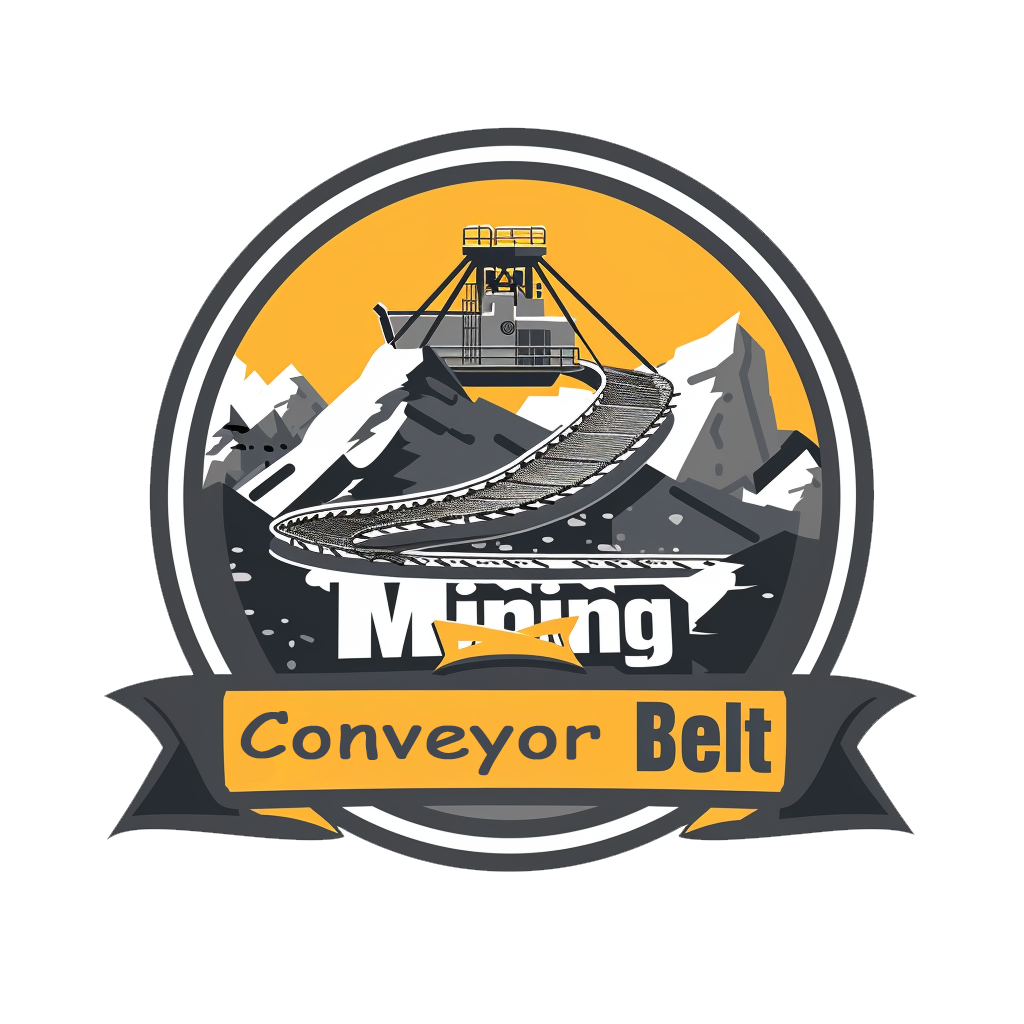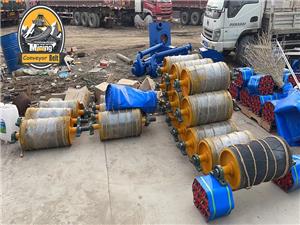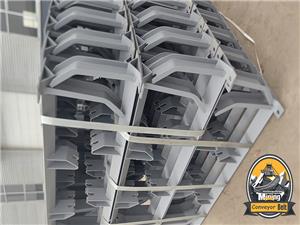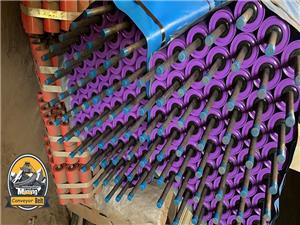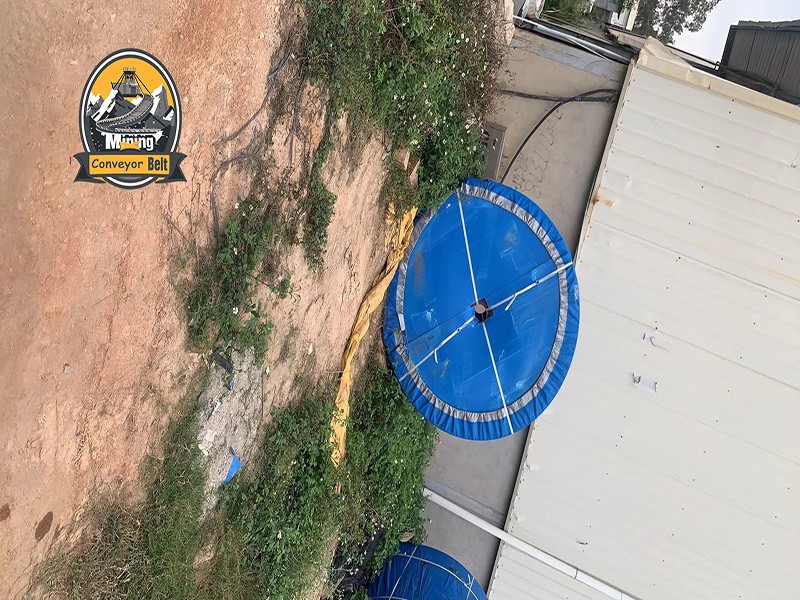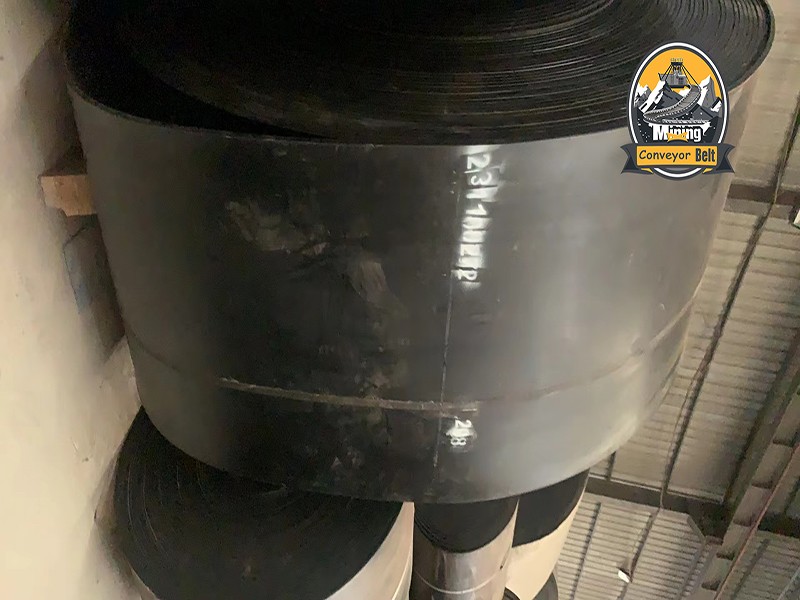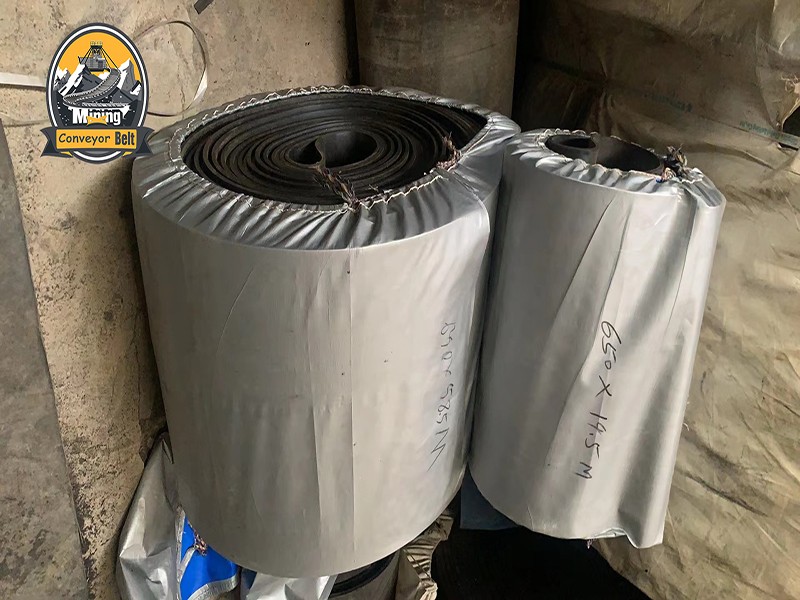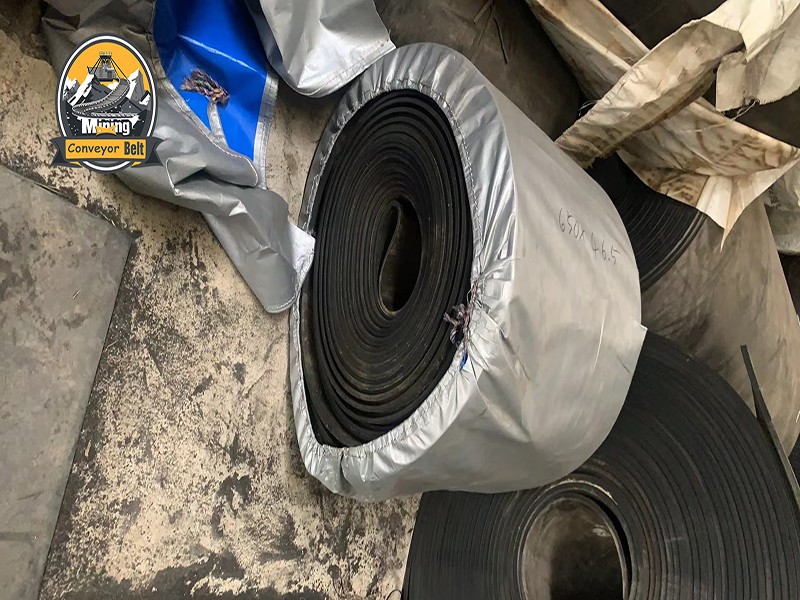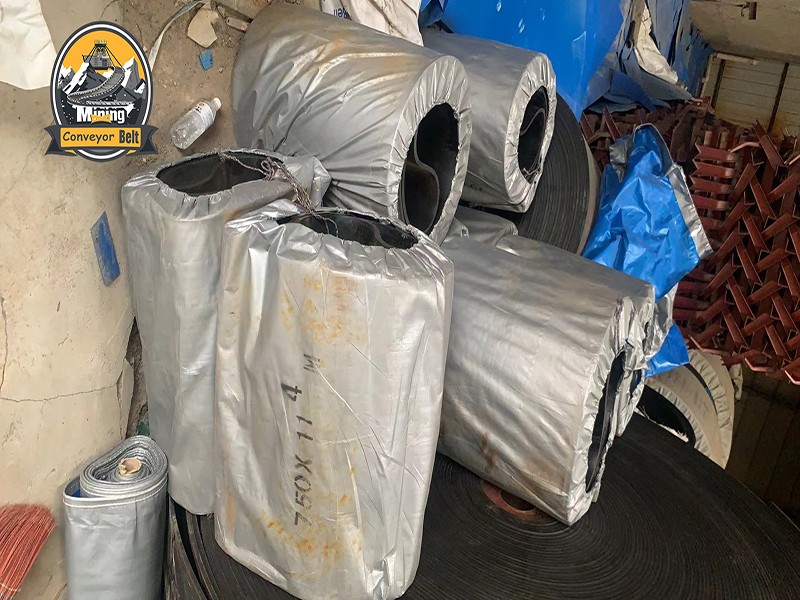
EP-150 High-Performance Polyester Conveyor Belt polyester nylon conveyor belt
Brand Xiamen Mining
Product origin Xiamen
When you're running operations that rely on moving materials efficiently, the conveyor belt is a critical piece of the puzzle. You need something that’s going to work reliably, without constant headaches. Lately, I’ve been looking into the EP-150 Polyester Conveyor Belt, and here are my thoughts from a user's perspective.
EP-150: What Does It Mean for Me?
Let's be honest, the names and numbers can be a bit confusing. But what I’ve gathered is that the "EP" basically tells you the belt is made with that strong polyester fabric. And the "150"? Well, that seems to be a key indicator of its strength. From what I understand, it relates to how much pulling force the belt can handle – in this case, a single-ply tensile strength of 150 N/mm. For me, that translates to confidence that this belt can handle some serious weight and won't snap under pressure.
What Makes the EP-150 Seem Like a Good Choice?
As someone who will be using this belt day in and day out, here’s what catches my attention:
It Sounds Tough: That 150 N/mm strength rating is reassuring. It suggests this belt is built for more demanding jobs and heavier materials.
Less Stretching Means Less Downtime: I’ve read that polyester has a low shrinkage rate, which means this belt shouldn’t stretch out too much during use. That’s a big deal because it means less time spent adjusting and more time actually moving materials. They call it high dimensional stability, and for me, that means less hassle.
Water Resistance is a Plus: Let’s face it, things can get wet and messy. Knowing that polyester resists water damage is a definite advantage. I don’t want a belt that’s going to fall apart if it gets a little damp. This should help prevent that delamination issue I’ve heard about.
Built to Last: If it can handle impact and abrasion, like they say, then it should have a decent lifespan. That’s important for keeping costs down in the long run.
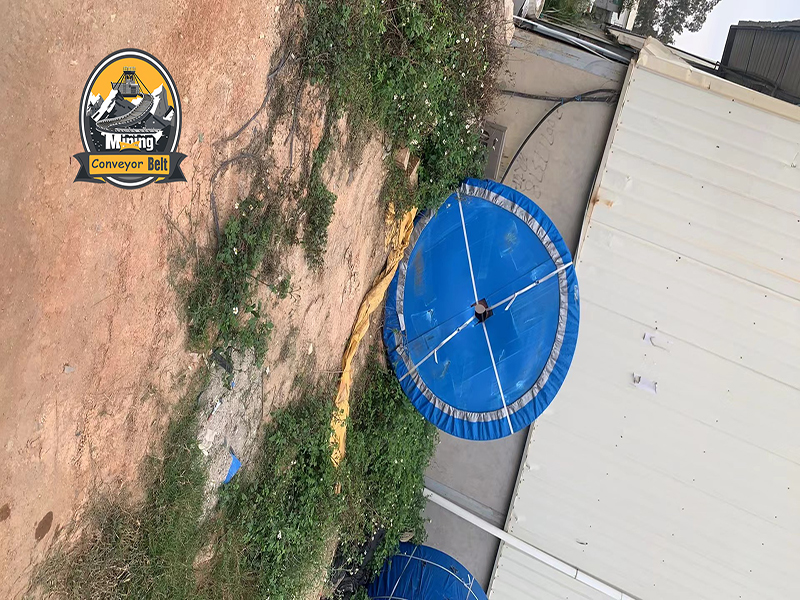
My Questions Before Buying: Understanding the EP-150:
If I were about to invest in an EP-150 belt, here are the kinds of questions running through my mind:
My materials are pretty heavy. Will this belt handle the weight? With that 150 N/mm rating, it seems like it should, but I’d want to double-check the specifics for my application.
How often am I going to have to stop production to tighten this thing? If the low elongation claims are true, hopefully, adjustments will be minimal.
We work outdoors sometimes. Is rain going to be a problem? The water resistance of polyester sounds promising, but I’d want to be sure it can handle regular exposure.
I'm tired of replacing belts all the time. Is the EP-150 going to last? The talk about impact and wear resistance is encouraging, suggesting it's a durable option.
The Bottom Line: Is the EP-150 Right for My Operation?
From what I’ve learned, the EP-150 Polyester Conveyor Belt seems like a solid contender for operations that need a bit more muscle. The higher tensile strength compared to lower-rated belts suggests it can handle heavier loads and more demanding conditions. If durability and minimal stretching are key concerns, the EP-150 looks like it could be a reliable workhorse. Of course, I’d need to confirm the specifics match my exact needs, but overall, it seems like a well-built option worth considering.
